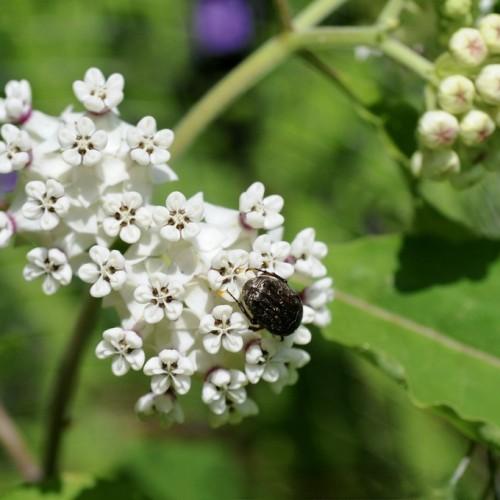
White Milkweed
Asclepias variegata
Watering:
Frequent
Hardiness Zone:
Sun:
full sun
Leaf:
Yes
Growth Rate:
Low
watering
Hybrid Milkweed (Asclepias speciosa x) should be watered regularly but it should not be overwatered. Water deeply whenever the top 1-2 inches of soil is dry and water every 7-10 days. When temperatures are particularly hot, water more frequently. Avoid letting the soil dry out completely. When the plant is actively growing, you can also fertilize every 3-4 weeks with a balanced fertilizer. However, the plant does prefer slightly dryer conditions in the winter. If your plant is planted outdoors, it can tolerate drought.
sunlight
Hybrid Milkweed (Asclepias speciosa x) require at least 6 to 8 hours of direct sunlight every day in order to thrive. Sunlight is essential for this type of Milkweed to produce the energy necessary to grow, flower, and reproduce. The plant should be placed in an area in the garden that receives full sun all day, such as an area that receives direct afternoon sunlight and/or morning sun. During the hottest parts of the summer, some shade during the hottest part of the day may be beneficial, but it should still receive at least 6 to 8 hours of direct sunlight each day. During the winter months, light levels may be reduced but should still be at least 4 hours a day.
pruning
Hybrid Milkweed (Asclepias speciosa x) should be lightly pruned in late winter or early spring. Pruning too late in the season can reduce flowers and pods. To prune Hybrid Milkweed, use clean, sharpened hand clippers to selectively remove dead, damaged, or diseased stems, but be sure to avoid cutting into healthy woody parts. Also, you can prune away straggly branches and branching that has occurred near the base of the plant. Lastly, you can prune out any stalks that contain spent seedpods.
